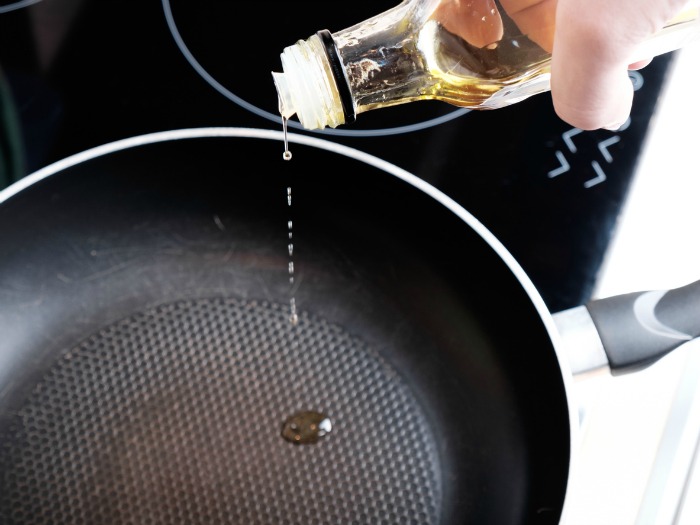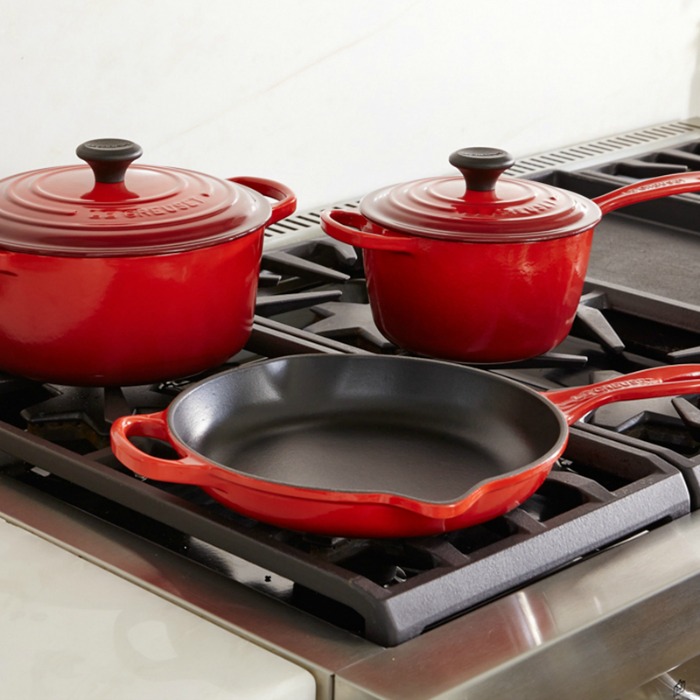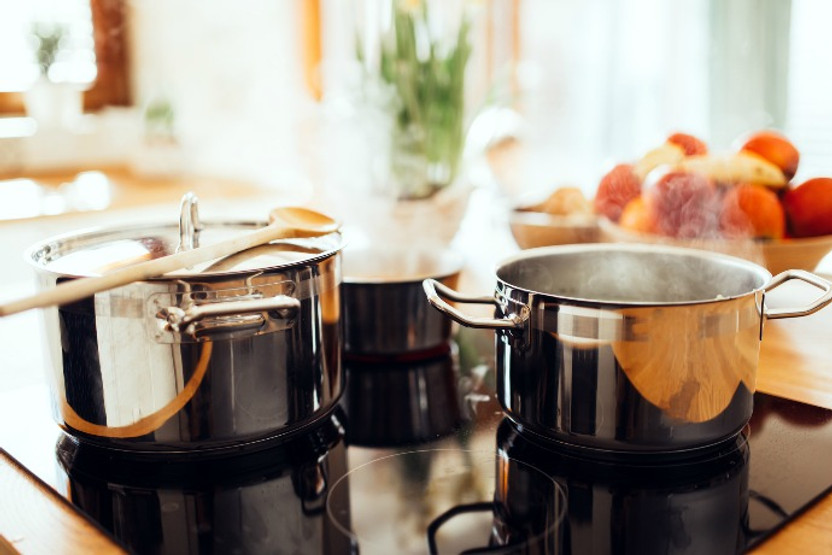Safe Cookware: Another Way to Cook Healthy
Posted by Julie on Feb 15th 2017
We're often so concerned with the nutrition and safety of the food we eat, we forget about the importance of safe cookware. Of course we should consider what materials are in our cookware. But we ought to be aware of how to use and care for it properly too.
In this post, we'll cover health risks, best practices, and a few product recommendations. We hope you'll find it both reassuring and educational.
Safe Cookware: What Are PTFE and PFOA?
PTFE and PFOA are two chemical compounds that have been used in making nonstick cookware. PTFE is used in nonstick coatings, and PFOA was used in making PTFE. We say "was" because PFOA has been phased out. For example, Dupont stopped using PFOA to produce Teflon (their brand name for PTFE) in 2013.
Safe Cookware: Are PTFE and PFOA Dangerous?
According to the American Cancer Society, PTFE (Teflon) is "not suspected of causing cancer." However, PTFE does degrade at high temperatures (as do many chemical compounds, including those we consume -- like cooking oil).
While PFOA has been studied in labs and in humans, there is limited evidence that it is carcinogenic. Also, human studies focus on exposure to PFOA among those who live near or work in manufacturing facilities. Effects of exposure to PFOA through cookware have not been studied. In fact, evidence suggests that PFOA is present in low levels throughout the global environment.
Safe Cookware: Best Practices
Manufacturers specify the best way to use, clean and care for cookware. Not only do best practices help cookware last longer, they keep consumers safe as well. It's especially important to follow those instructions when using nonstick cookware.

From the Chemours (formerly DuPont) website:
Teflon™ nonstick coatings will not begin to deteriorate in appearance or performance until the temperature of the cookware reaches about 500°F (260°C). The coating will not show significant decomposition unless temperatures exceed about 660°F (349°C).
This deterioration can lead to the production of hazardous fumes. Don't preheat nonstick pans at high temperatures without any food, butter or cooking oil in them. Stick to low or medium burner settings, and keep a close eye on what you're cooking.
Safe Cookware: Our Recommendations
If you love the convenience of nonstick cookware, we highly recommend both SCANPAN and Swiss Diamond cookware. They are both PFOA-free.

While PTFE does not appear to cause cancer or pose any other health risks, we understand if you prefer to avoid nonstick cookware altogether. Choose stainless steel cookware, such as All-Clad, or enameled cast iron, such as Le Creuset (above).
Whatever type of cookware you choose, please follow the manufacturer's instructions, both for your own safety and the longevity of your cookware.

